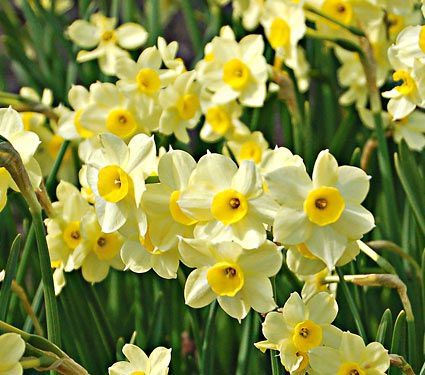It seemed that, for many years, Memorial Day weekend was celebrated for not much more than a long weekend away from work. We still enjoy the extra day off, but these past few years America is remembering and honoring our heroes that have fought for our country. It may be due to our current patriotic president. But whatever the reason, I am happy there are many American flags flying high in my neighborhood as well as around the country. I hope that you all have a safe, enjoyable Memorial weekend as you reflect on why we are able to enjoy so many blessings in the USA; the greatest country in the world!
A Beautiful Time to Paint
This spring started wet and cool, but the last few weeks have been sunny seventies. I've never seen such numerous, plump blossoms! I believe just about everything is in bloom right now. Butterflies and bees are busy; we've seen many more Monarchs than usual.
I can't take enough pictures to add to my paint files. These will be a happy memory come winter. As an artist that licenses to various manufacturing companies, I am frequently painting spring and summer in the middle of winter, and vice versa.
Still, I try to fit in some live plein-air painting in between my fall and holiday painting right now. I need that flower fix every now and then...and some natural vitamin D!
Want to Store Your Daffodils?
We've planted at least 150 daffodil bulbs around our acreage each year since 2001. That's a lot of cheerful flowers to usher winter out and spring in. Our bulbs naturalize easily in the loamy soil, with just the right temperatures year-round for happy flowers. So, there's no need for us to dig and store bulbs in our region of the Pacific Northwest.
But for warmer climates, or those special bulbs that were potted (my case this year!) you will need to dig them up and care for them to re-plant next fall.
Here's how I store those extra special "designer" bulbs that I pot in my urns:

- Dig out the bulbs when the leaves are yellowed and dead. The leaves usually die within 6 weeks of the flower dying. Use a trowel or shovel to unearth the bulbs. (It's important to leave the plant until it dies on its own because the leaves will collect energy for next year’s blooms.)
- Pull apart the bulbs from the root clumps. Shake the soil free from the clump to see each of the bulbs. Gently pull the bulbs apart from one another to separate them. Don’t leave the bulbs in direct sunlight.
- Sort out any diseased bulbs.
- Trim off the roots with pruning shears. Hold the shears where the roots meet the bulb and cut. (Trimming the roots helps prevent early growth when you store the bulbs.)
- Dry the bulbs for 24 hours on a tray in a cool, dry place to avoid the development of fungal rot while they are being stored.
- Place the bulbs in a labeled, opaque paper bag to help keep light out from the bulbs and prevent them from sprouting too early. Keep the bag open to keep air flowing to the bulbs.
- Store the bulbs in a cool, dry place such as a basement, cellar, or garage. Make sure the area they’re stored in does not drop below freezing levels.
- Keep the bulbs in the fridge if you live in a warm climate or they will not winterize and they may not bloom next season. Keep the bulbs in a separate drawer away from any food, especially fruits like apples that can kill the flower inside the bulb.
- Re-plant in September, October or November, depending on your region.
The beauty of more abundant, larger blossoms on a late winter's day is worth the time to store these beauties.
Subscribe to:
Posts (Atom)






